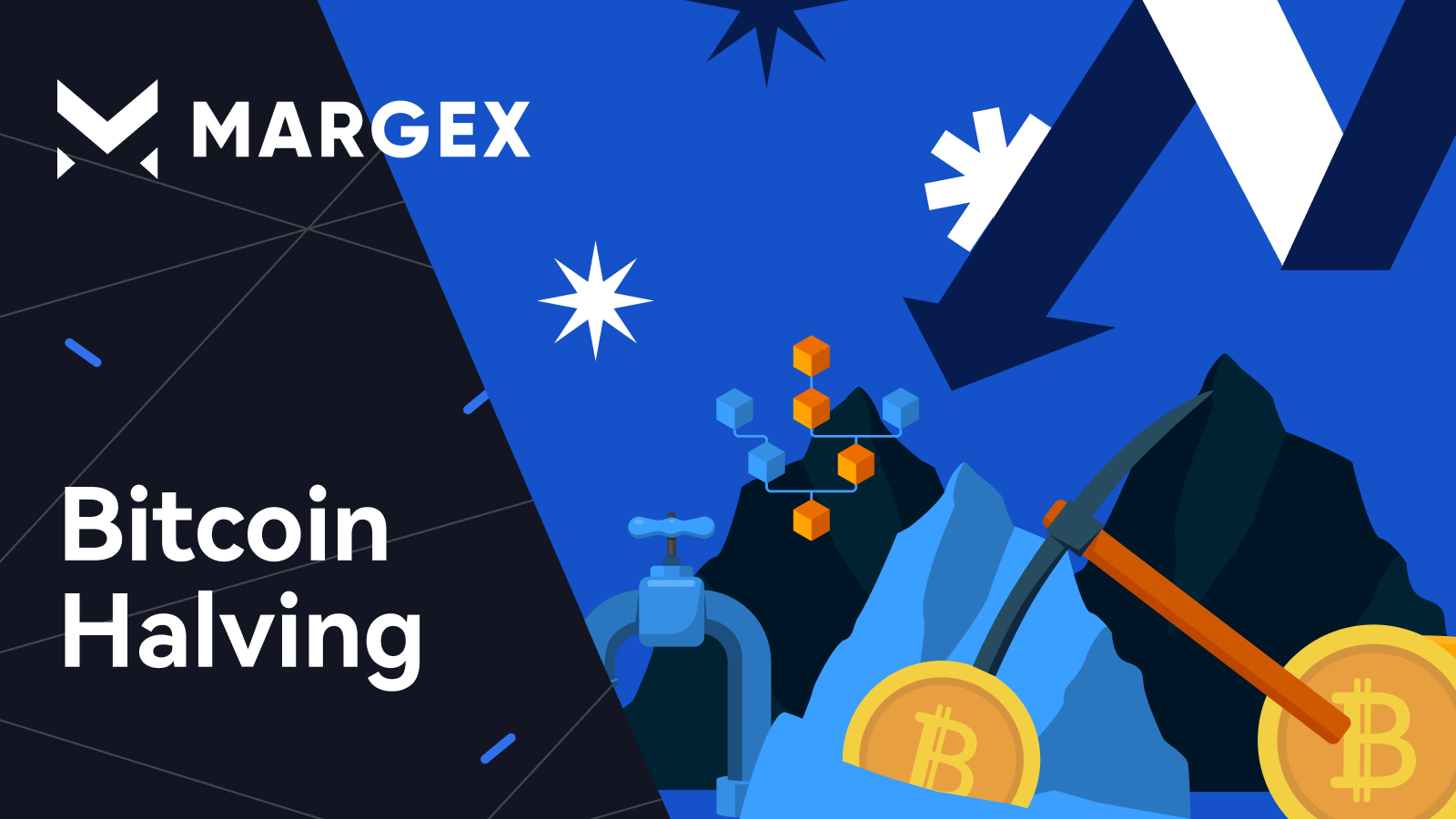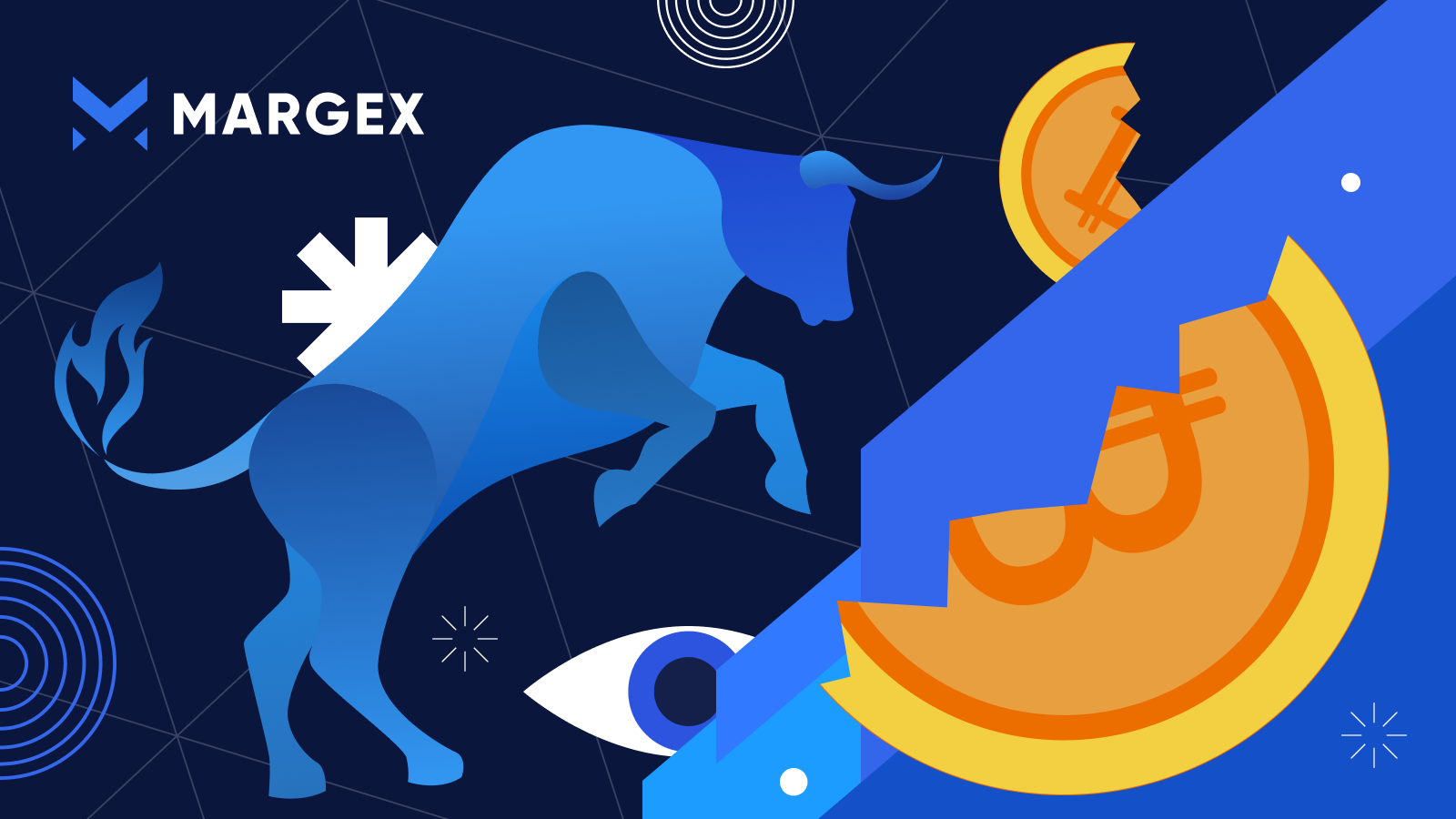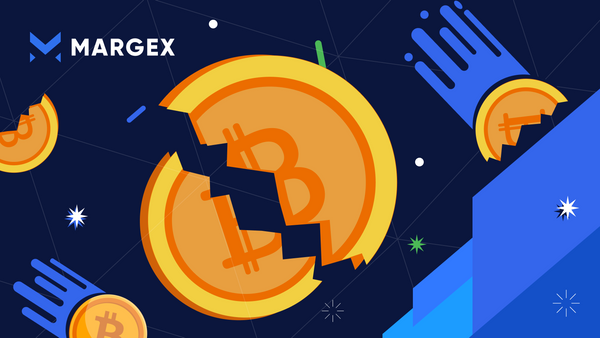Just a few days ago, on April 20, the much-awaited Bitcoin halving event took place. It happened quietly this time, marking an important moment in the realm of cryptocurrencies and blockchain. On Saturday, the reward miners get for every newly generated block was slashed by half.
However, due to the lack of fanfare, it went unnoticed for people outside the world of crypto. Besides, the Bitcoin price remained roughly where it had been before it, showing hardly any increase – contrary to what the crypto community expected of this remarkable moment.
Bitcoin halving finally here, noticed or not

Still, it does not mean that this halving went unnoticed by everybody else – Bitcoin traders, miners and BTC long-term holders and short-term investors. The world’s paramount cryptocurrency has seen a magnificent shift in its supply-and-demand dynamics, seeing the supply drop by half. As for the demand, it had been surging gradually since February, when the American regulator SEC approved spot Bitcoin ETFs and they began trading.
These less-than-dozen newly-approved ETFs started purchasing BTC at a crazy pace – buying roughly 12x Bitcoins produced by miners per day. Before the halving, this figure constituted approximately 900 BTC of daily output and the fund bought roughly 11,000 Bitcoins every day.
The halving occurred when block 840,000 was reached. It was miners who were the first to feel the impact of the halving, seeing their block rewards dwindle by 50% and now earning them 3.125 BTC rather than 6.25 BTC as before.
Bitcoin has become more scarce now. The halving – the embedded mechanism of deflation – potentially unleashes strong upward pressure on the BTC price in the long term. Still, as it seems to be in this particular case, a price increase does not immediately follow the halving. The Bitcoin price has soar kicked off by other multiple drivers that dwell in the market.
Megan Stals, a market analyst at Australia-based crypto trading platform Stake, told Forbes that “Bitcoin trading volume generally sees the most significant increase in the 60 days prior to halvings, as interest builds and prices gain momentum.”
“…This has happened again, with data from crypto exchanges showing a notable increase in volume in March when compared to February, as investors seek more exposure.”
The analyst also reminded that some miners, small ones in particular, may find the new increased Bitcoin difficulty too hard to deal with the reduced block rewards, lack of money to buy more powerful gear and are likely to quit the mining business.
“Miners face a profitability squeeze (after the halving) event, due to the increased compute power and energy needed to mint new coins.”
It happens after every halving and these empty spaces immediately get filled with new miners who are more sustainable, more ambitious and are willing to work despite the harder conditions.
“Larger miners should have the resources to invest in new hardware and find more efficient energy sources, but each halving event makes it more difficult for smaller miners to stay in business.”
Bitcoin price unaffected by the halving: reasons

Still, despite the halving and the expected buying pressure, Bitcoin has not shown any particular price surge. The cryptocurrency traded at $63,950 on Saturday. It gained almost 3% on Sunday, hitting $65,330 that day. On Monday, Bitcoin increased by 3%, reaching $66,610.
One of the reasons why the Bitcoin price has not reacted yet and remained relatively calm is the above said spot ETFs – through them, many investors have been able to gain exposure to Bitcoin without having to directly buy it on exchanges. Therefore, since not many people are buying, the price stalls.
According to the report issued by JP Morgan banking giant, they do not expect a sudden Bitcoin price lift right after the halving: "We do not expect Bitcoin price increases post halving as it has already been priced in." On the contrary, they anticipate BTC to pull back since they believe it to be “overbought.”
Besides, unlike with the previous halving, the leading cryptocurrency reached a new all-time high not after but before the halving this time. In the middle of March, Bitcoin hit $73,750, which hardly leaves a chance for a new historic peak soon. At least hardly within the next few months. In 2021, Bitcoin saw two new ATHs – one was reached in April as BTC surged above $60,000, and the second one came in November when it climbed to $69,000.
The above-mentioned analyst Stals also pointed out that “while Bitcoin’s price has historically risen before and after each halving event, it has not always been a straight line up. Following previous halvings, prices have often pulled back before reaching a new peak around 220 and 240 days later.”
“The halving is often portrayed as a short-term event, but it can take several months to see the full effect.”


